Article & Photography by Simone Marcato

Fast-jet aircraft of the Força Aérea Portuguesa (FAP – Portuguese Air Force) have been based at Base Aérea n. 5 (BA5) since it opened in October 1959 in Monte Real, Leiria, 150 km north of Lisbon.
It has housed the only two fighter squadrons of the FAP for more than 60 years: Esquadra 201 “Falces” (Falcons) and 301 Esquadra “Jaguares” (Jaguars), both powered by the highly successful, US-built Lockheed-Martin F-16 Fighting Falcon fighter jet.
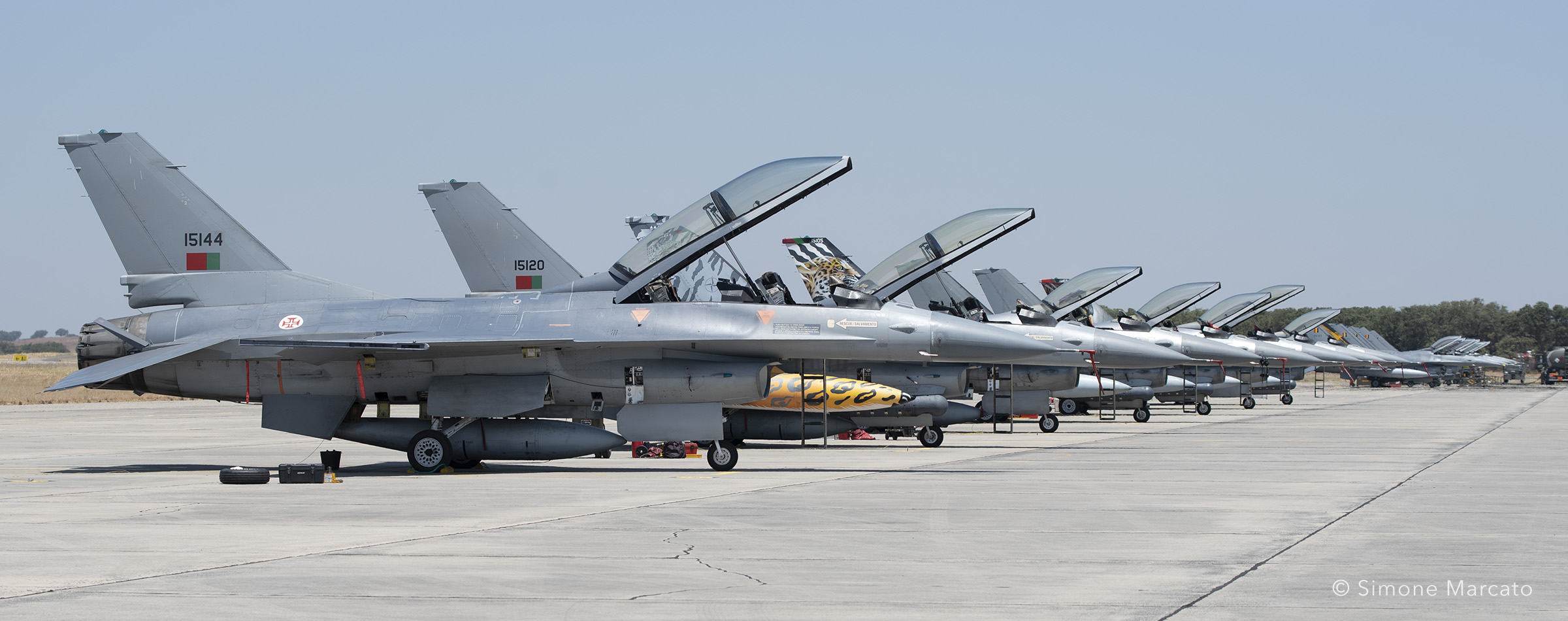
Esquadra 201 “Falcões” and Esquadra 301 “Jaguares”
Originally known as Esquadra 50 and 51 in the 1950s and 1960s, the squadron changed its name to Esquadra 201 in 1978.
It initially had F-86 Sabres and participated in the Portuguese colonial wars in the 1960s. It flew the Italian-built Fiat G-91 light attack fighter from the mid 1960s to the mid 1970s, and from 1976 to 1980, when the squadron was eventually disbanded, it flew the Northrop T-38A Talon supersonic trainer. In 1993, it was reactivated once more, and the new F-16s were acquired and assigned to it the following year for air defense duties.
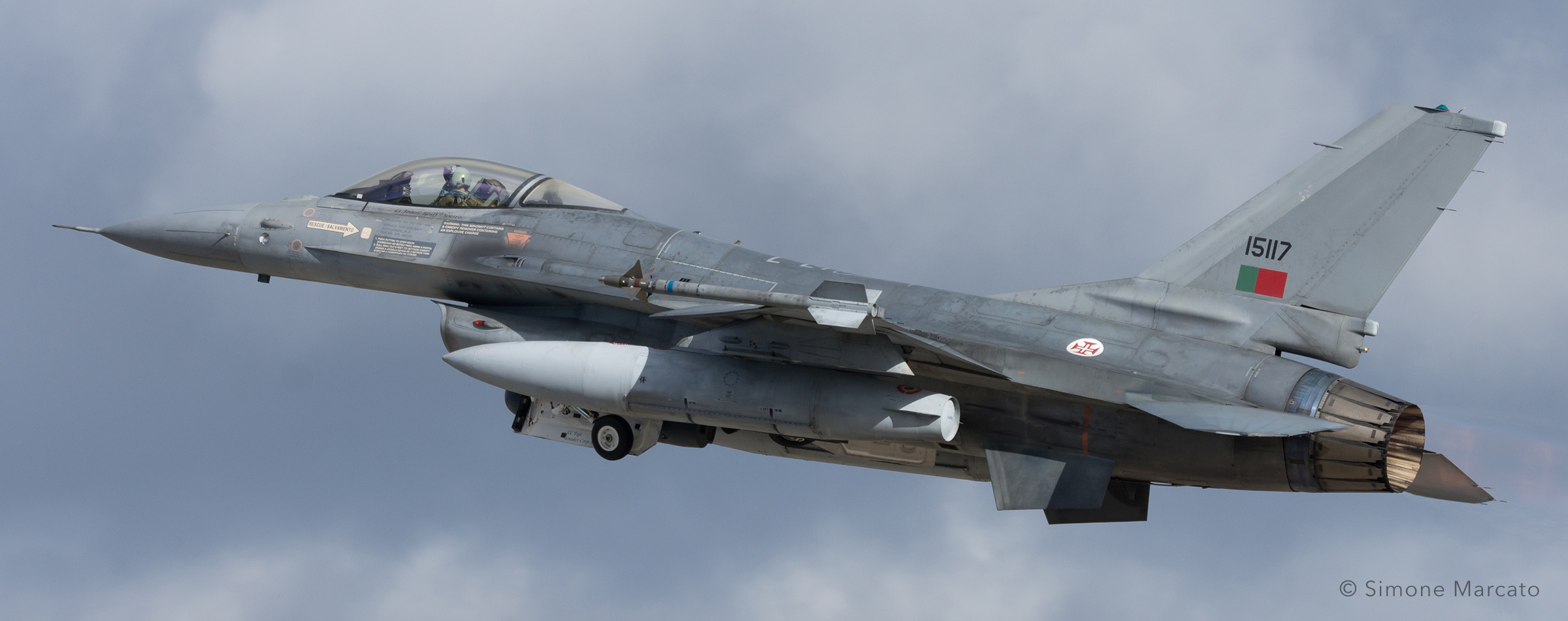
Esq301 “Jaguares” was a merge of several units that previously fought in the Portuguese Colonial Wars in Africa. The unit was activated in 1978, flying the venerable Fiat G-91 at Base Aérea no. 6 (BA6) Montijo. In 1993 the type was withdrawn, and the unit was transferred to Base Aérea no.11 (BA11) Beja, where it operated the Alpha Jet trainer/light attack jet, until the end of 2005.
In November 2005, Esquadra 301 was transferred to Monte Real where it initially operated ex-USAF’s F-16s in the ground attack role.
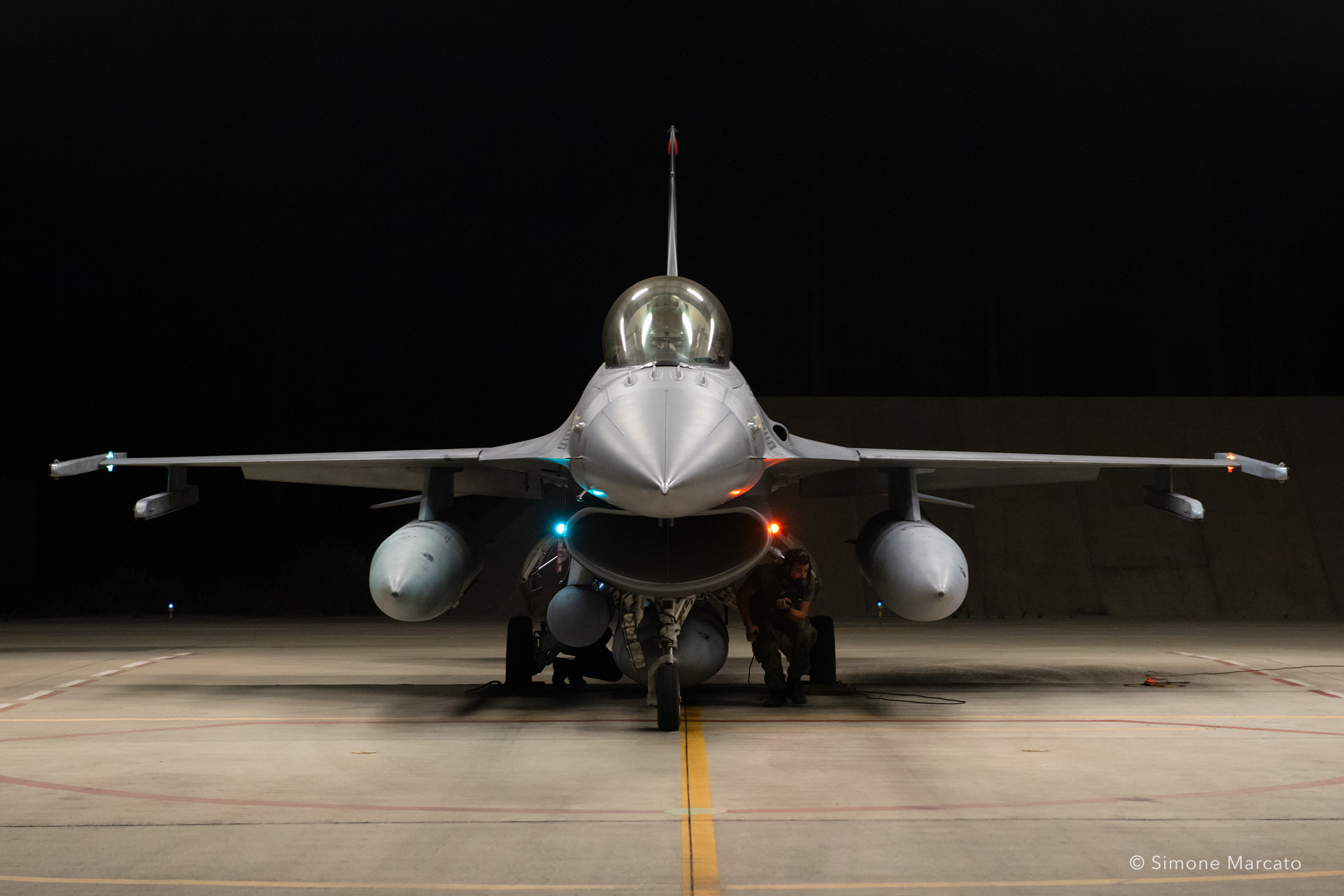
The FAP participates in the military pilot exchange program and as a result, one American pilot is serving with Esq201 and a Belgian one is serving with Esq301. In exchange, one Portuguese pilot is serving in an ANG unit, and another one is serving with the Belgian Air Component, both operating with F-16s.
Despite being distinct units with its own history and traditions, these two combat squadrons act as a community, working side-by-side on a day-to-day basis during normal training activities and during real operations. The aim of this process is to optimize crew training with the available resources.
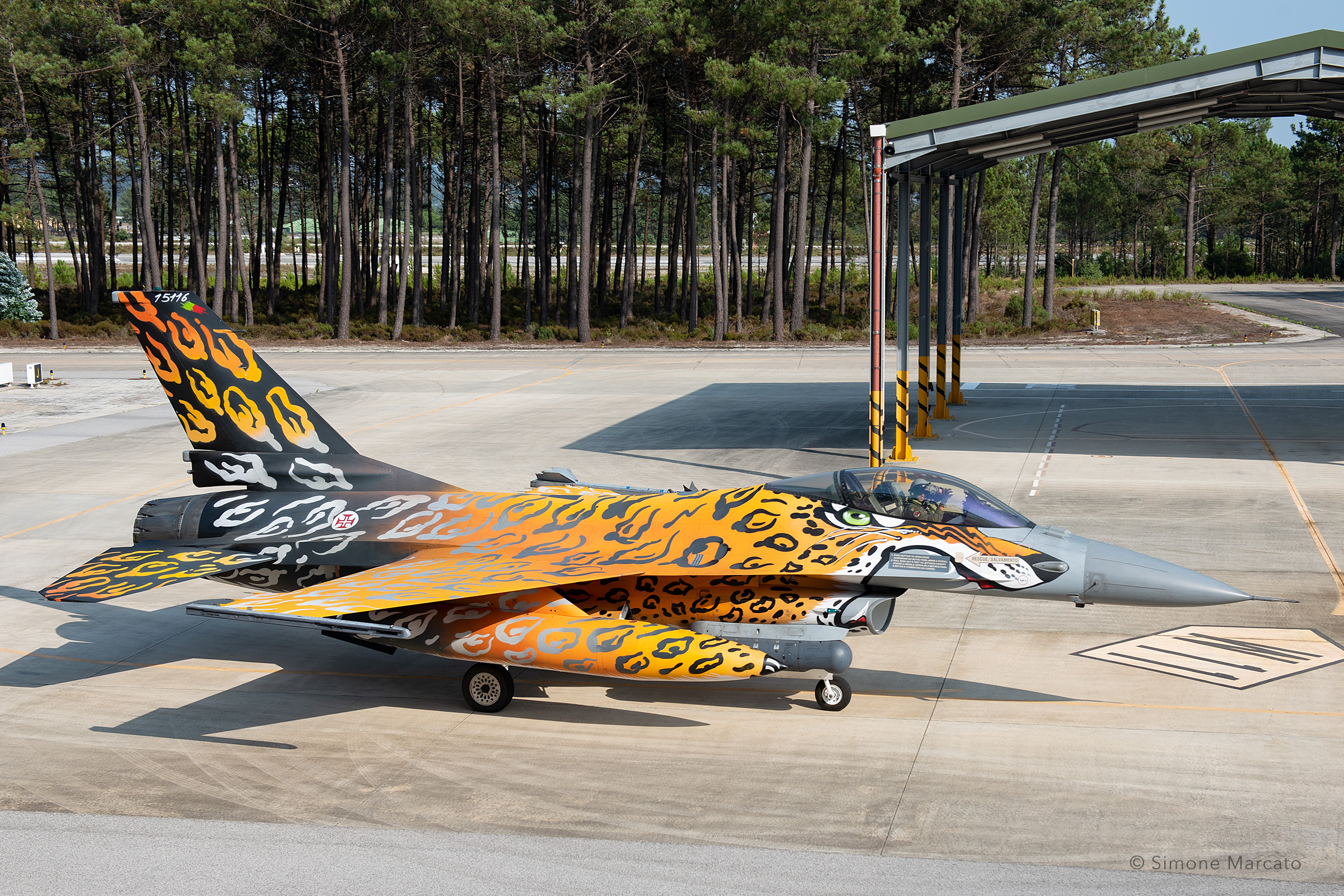
The FAP has entered a completely new era when they introduced the Fighting Falcon, and made a significant leap in quality and interoperability with other NATO air forces while benefiting from the operational, training, maintenance and logistic advantages offered by the EPAF group.
A further boost was given to the F-16 upgrade program,when both squadrons reached full multi-role capabilities.
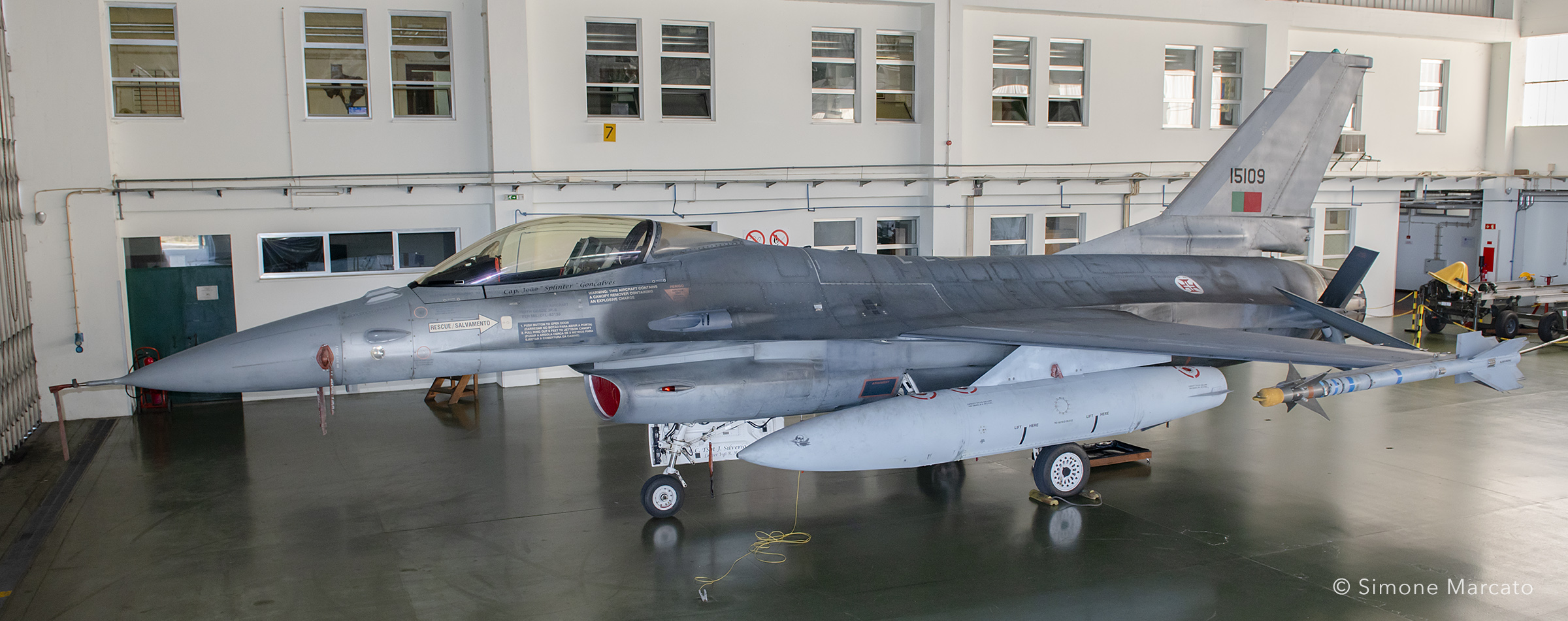
In 1999, three F-16A belonging to “Falcões” deployed at Aviano AFB, Italy, and became the first FAP assets to be used in NATO’s Operation Allied Force (OAF). During the Kosovo campaign, their role was limited exclusively to Combat Air Patrol (CAP).
Nowadays, in addition to the protection of national airspace with QRA 24/7 tasks – they can be employed in air defense operations (DCA), Offensive counter-air (OCA), aerial interdiction (AI), conventional attack in all-weather conditions, close air support (CAS), anti-surface warfare (ASuW) and tactical air support for maritime operations (TASMO). Both squadrons also act as Operational Conversion Units (OCU) by training new pilots to fly the F-16s.
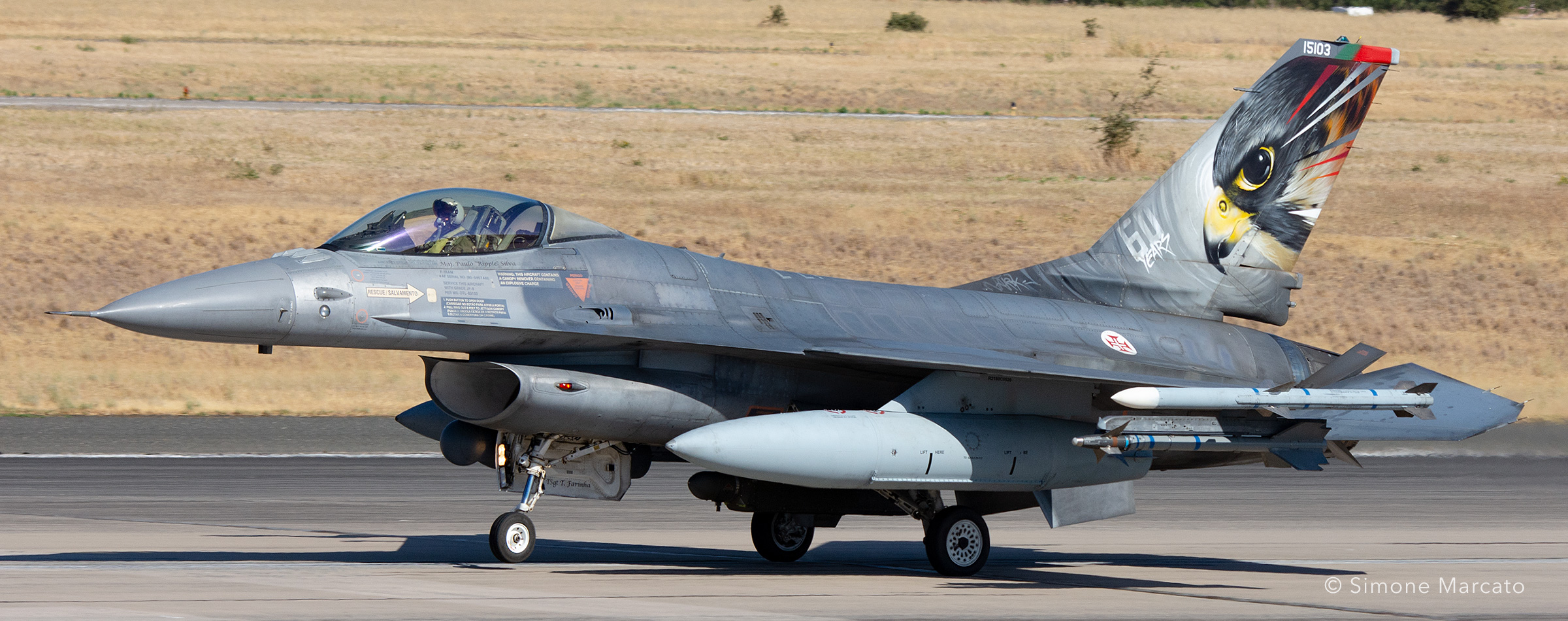
The “Jaguares” have been members of the NATO Tiger Association for many years, and regularly participate in the annual NATO Tiger Meetings exercises, with one of their aircraft often painted in a tiger livery. In 2021, Esq301 hosted the first post-covid-19 edition at Base Aérea no. 11 (BA11) Beja, 19 years after their last edition hosted on Portuguese soil in 2002.
The following year the two squadrons reach the 100,000 flying hour-milestone of the type.
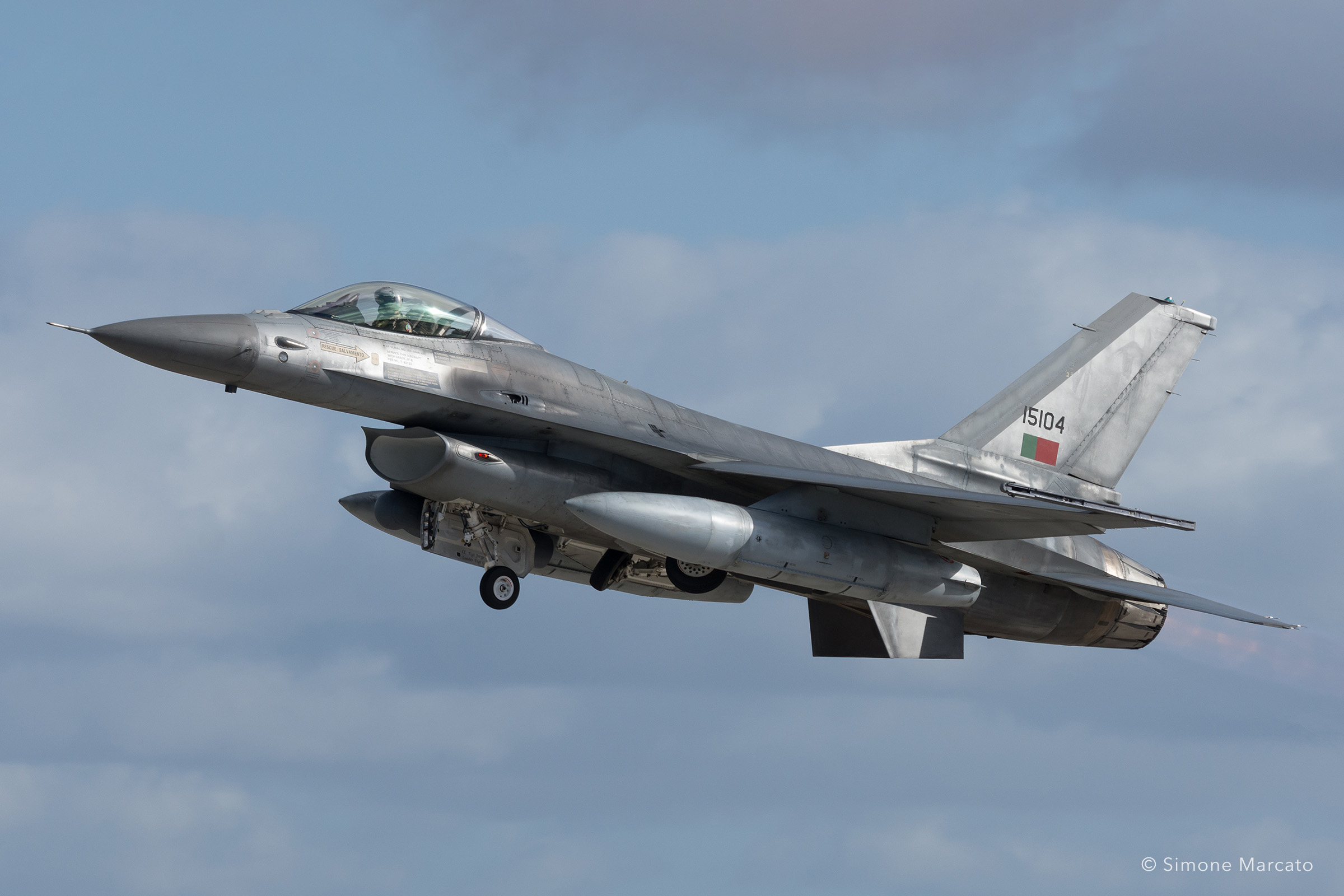
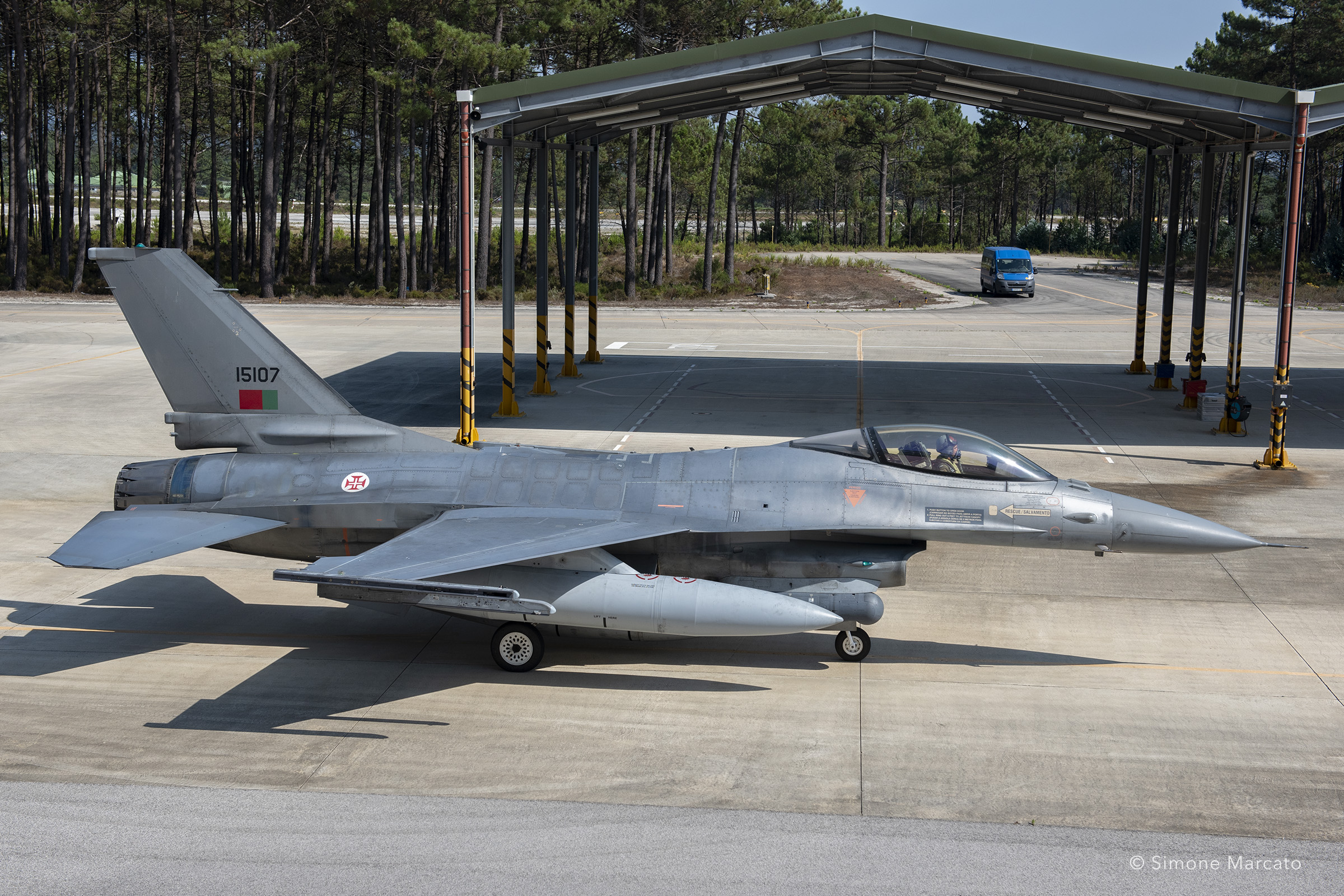
The two squadrons are currently participating regularly in NATO-led international operational missions, such as the Baltic Air Policing in defence of Estonia’s, Latvia’s and Lithuania’s airspaces. They are already in their fifth deployment since the establishment of these operation in 2004 and normally consist in an 80-personnel and 4-aircraft deployment.
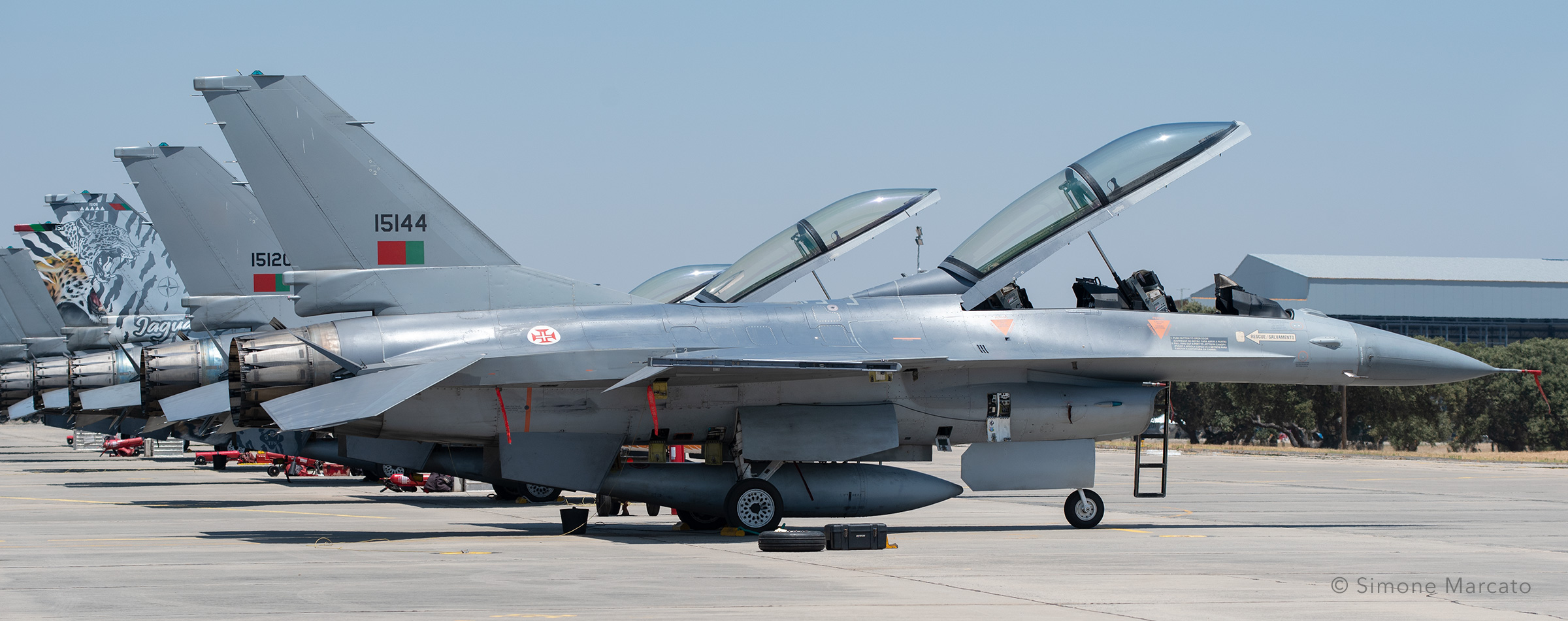
Peace Atlantis I, Peace Atlantis II and MLU
In the beginning of the 90s the FAP was looking to replace the obsolete Vought A-7P Corsair II fleet, which, at that time, was the frontline fighter in the air defence role. With the Peace Atlantis I program, Portugal purchased 20 new built F-16A/B block15 Fighting Falcon (17 single-seaters and 3 two-seaters) contracted through the FMS (Foreign Military sales) program. Optimized for air-to-air roles, their deliveries began in February 1994.
With their introduction, Portugal was the last of the NATO’s Countries to adopt the original “Alpha” and “Bravo” versions. They followed Belgium, Denmark, Norway, and The Netherlands, which are the initial group of European customers, likewise referred to as the European Participating Air Forces (EPAF).
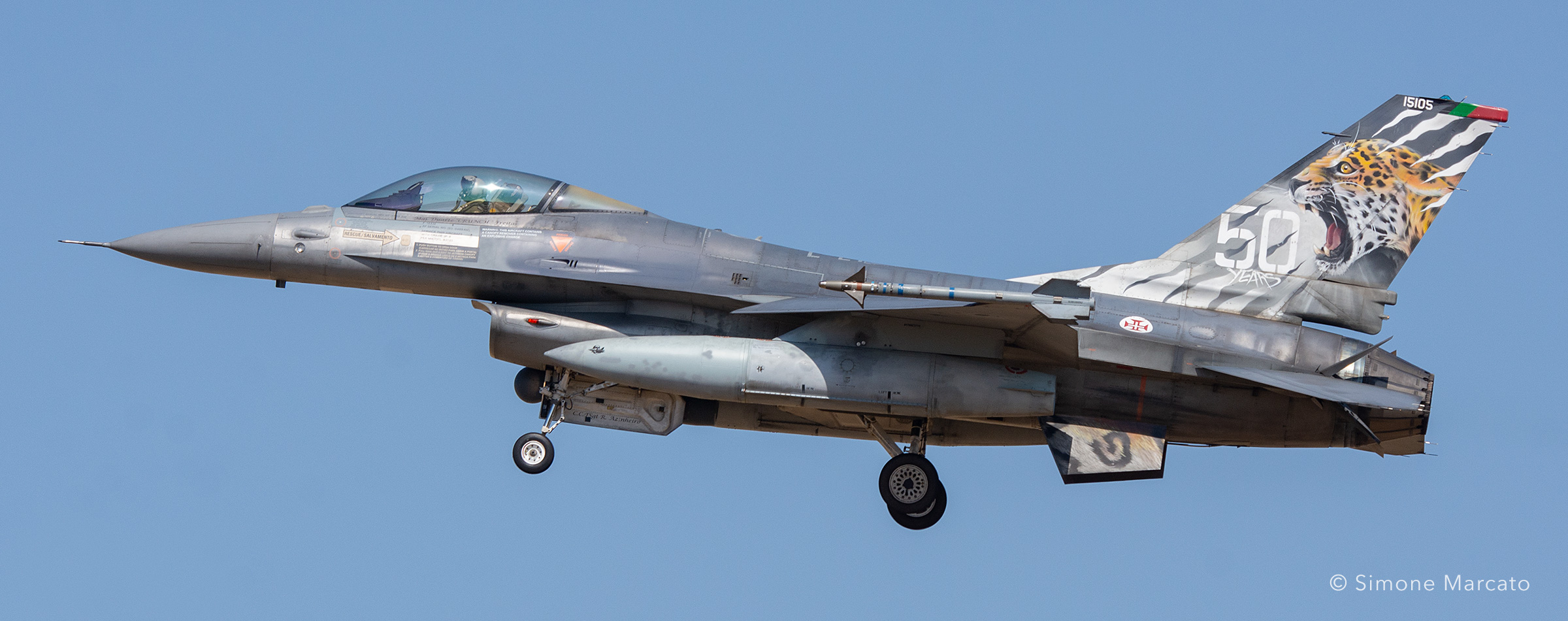
These F-16As are easily recognized by the large bulges (containing the actuators for the tailplanes, moved from their original position due to the installation of a new HF antenna) on the root of the caudal fin; a feature borrowed from the F-16ADF (Air Defense Fighter) variant. After the withdrawal of the Italian F-16ADF, they are the only European’s F-16s currently in service to have this feature as the F-16B lacks this feature.
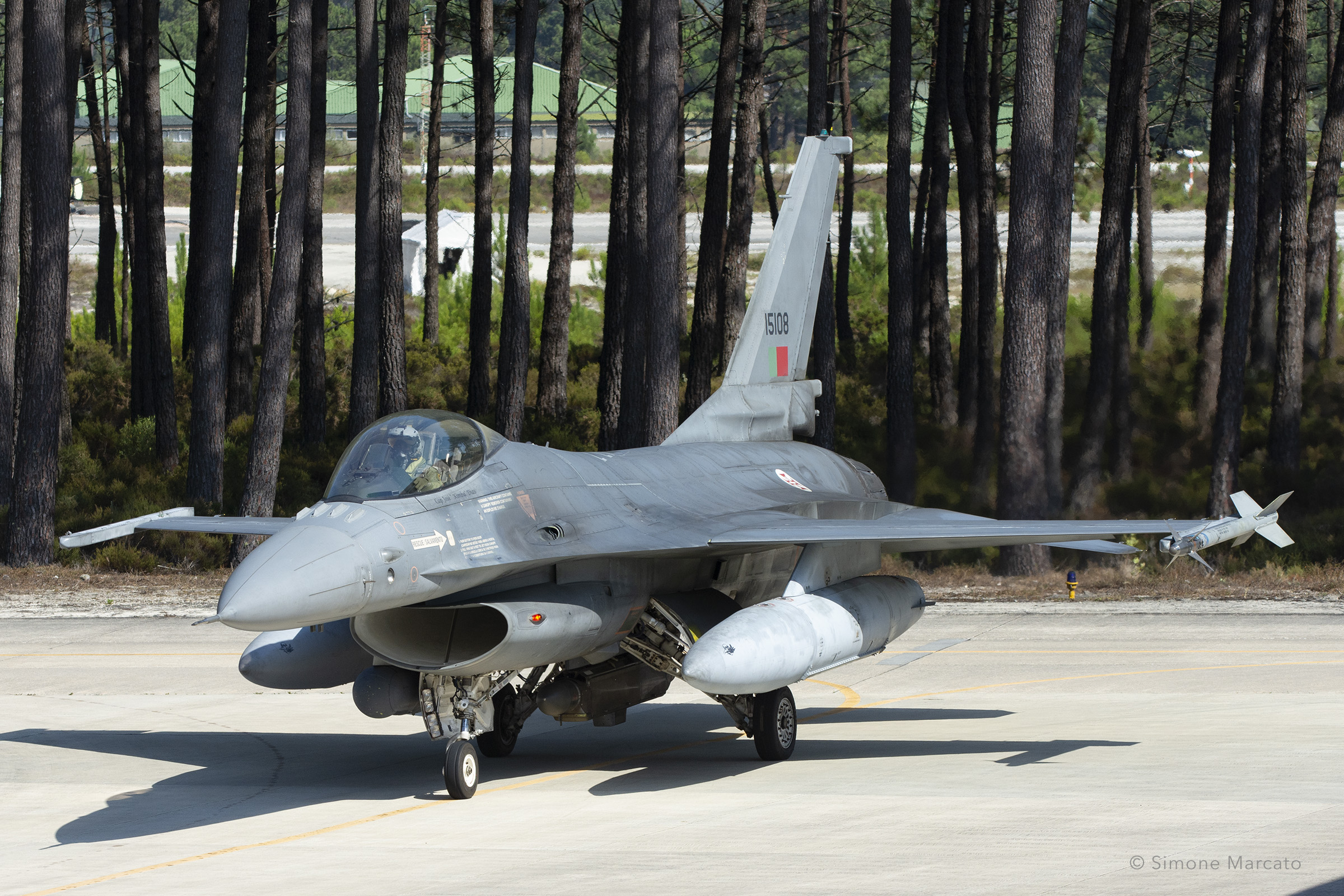
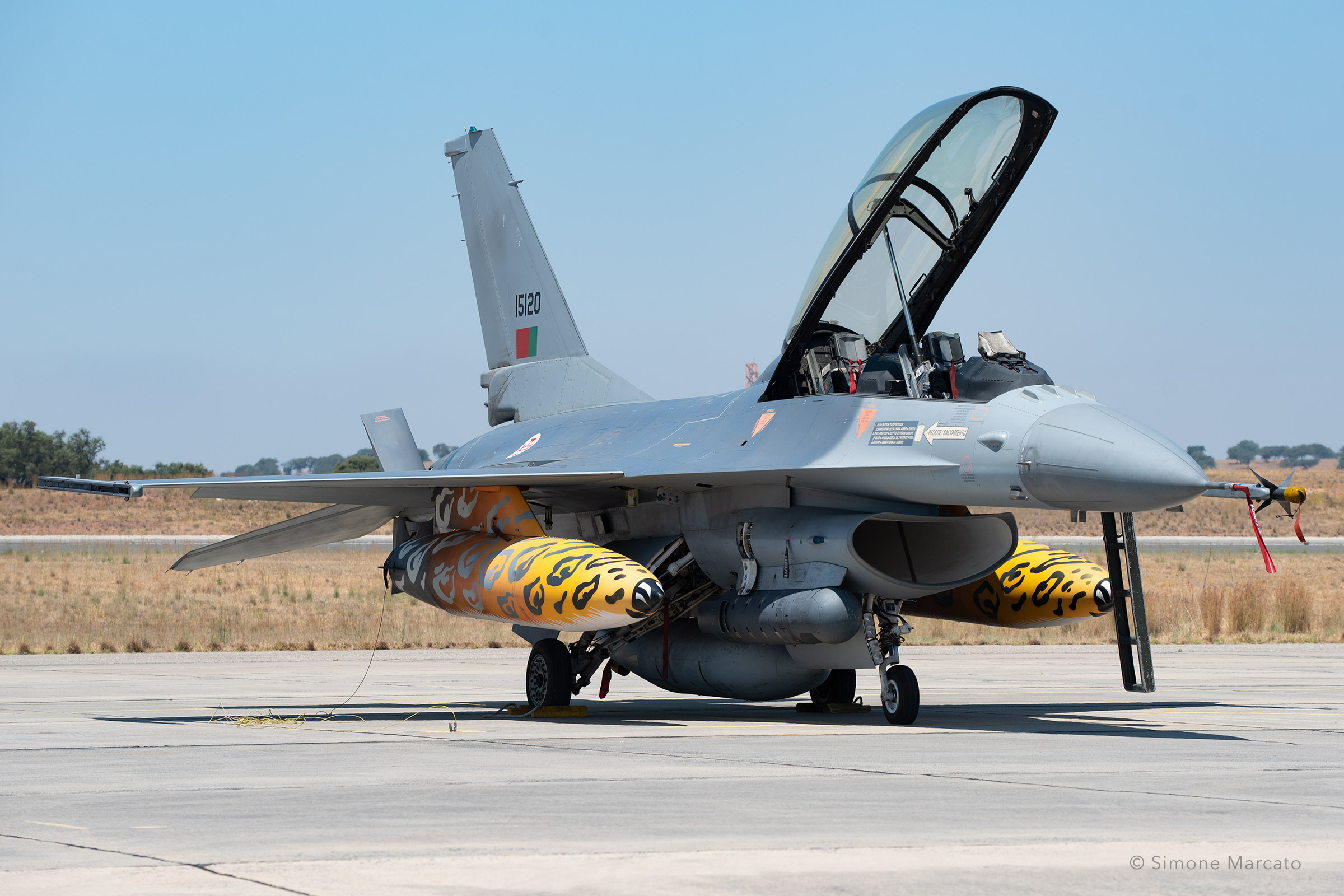
Soon enough they also had to replace the remaining A-7s used in the ground attack roles, and therefore in 1996, the FAP requested additional aircraft. The request materialized with the Peace Atlantis II program, which involved 25 ex-USAF’s F-16A/B block15 (21 single-seaters and 4 two-seaters) preserved by the 309th Aerospace Maintenance and Regeneration Group (309th AMARG) at Davis–Monthan AFB and stored in the Arizona desert. The deliveries of this second batch began in 1999 and they were transferred to Portugal as Excess Defense Articles (EDA).
Five of them were used as spares while the others were re-engined with the Pratt&Whitney F100-PW-220E and upgraded with the Mid-Life-Upgrade (MLU) package.
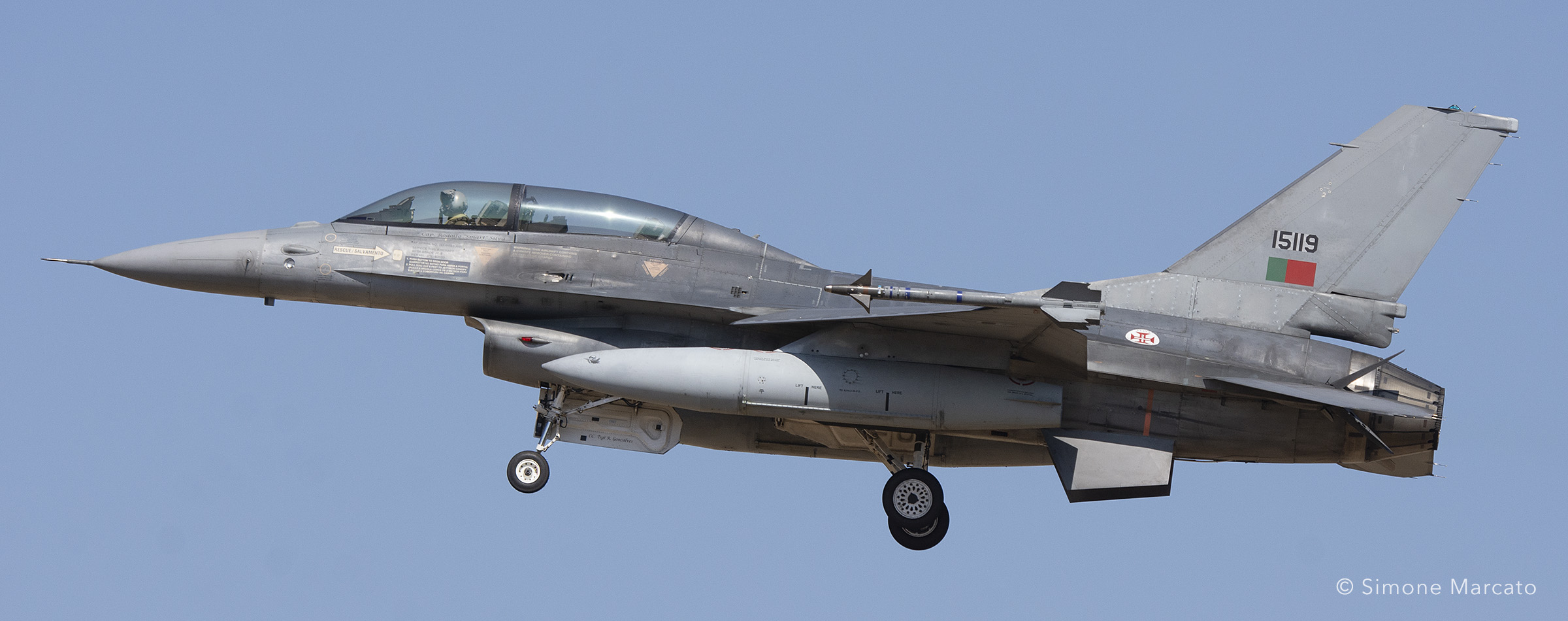
Although the aircraft received structural upgrades, the modifications were mainly focused on avionics and included a modernized cockpit with new MFD, new GPS, new IFF, radar update, the integration of a new computer mission and new data link. They also received the capability to use the Rafael LITENING II targeting pod and the helmet mounted JHCMS aiming system, which drastically expanded their warfare capability.
Promptly it was decided to proceed in upgrading the Peace Atlantis I aircraft as well, bringing the whole fleet to the same standard, known as F-16AM/BM.
This heavy upgrade is the equivalent to the latest F-16C/D Block50/52, resulting in the FAP’s F-16s having the same configuration as the ones belonging the EPAF, who had already decided to modernize their respective fleets.
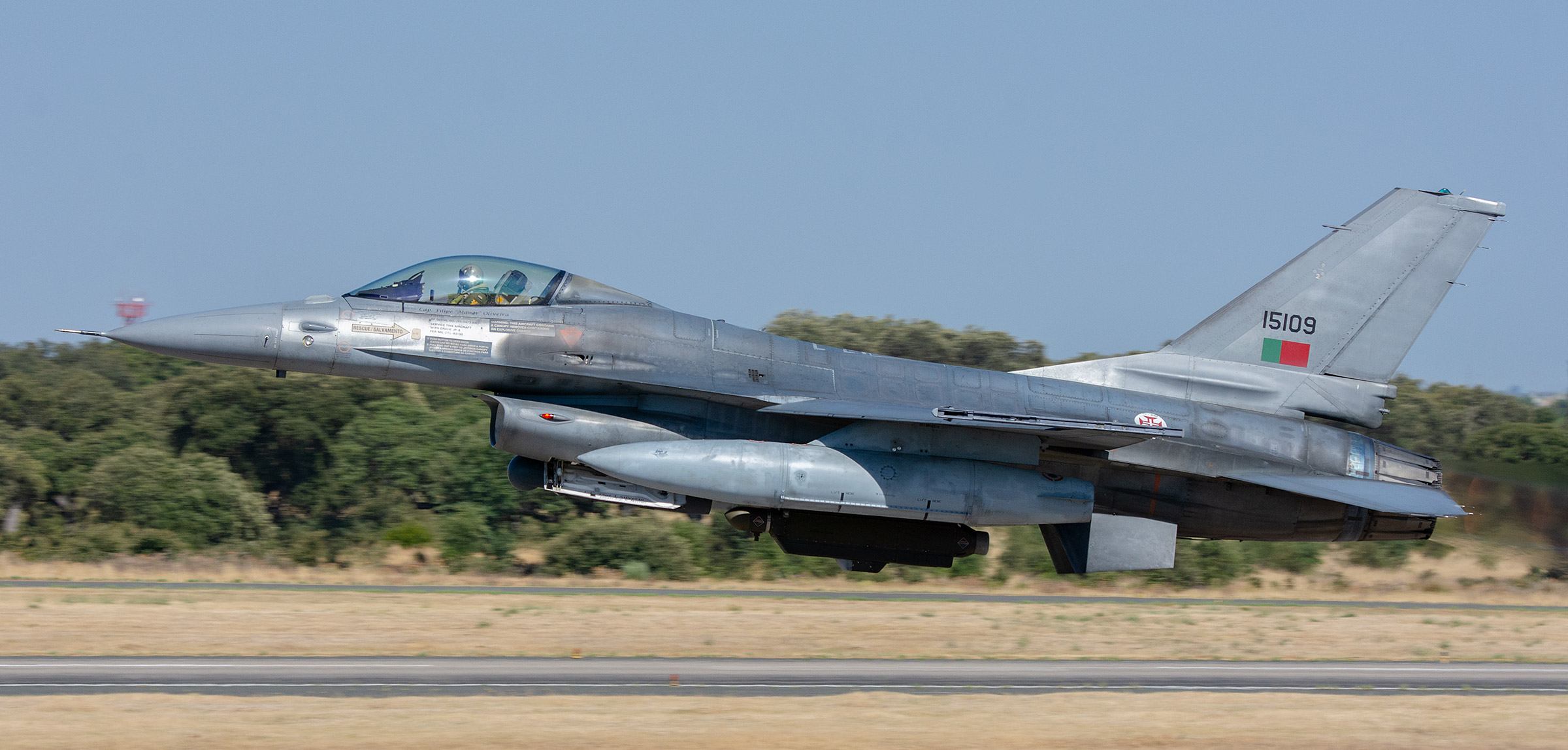
The Mid-Life upgrade (MLU) was performed in Portugal by the Air Force’s workshops at Monte Real and by OGMA-Indústria Aeronáutica de Portugal, in Alverca.
The Portuguese F-16s fleet saw a reduction in numbers when the Portuguese MoD and Romanian MoD agreed, in 2013, to sell 12 aircraft to the latter (9 single-seaters and 3 two-seater) for approximately $600 million, with the aim to replace their venerable MiG-21MF LanceRs.
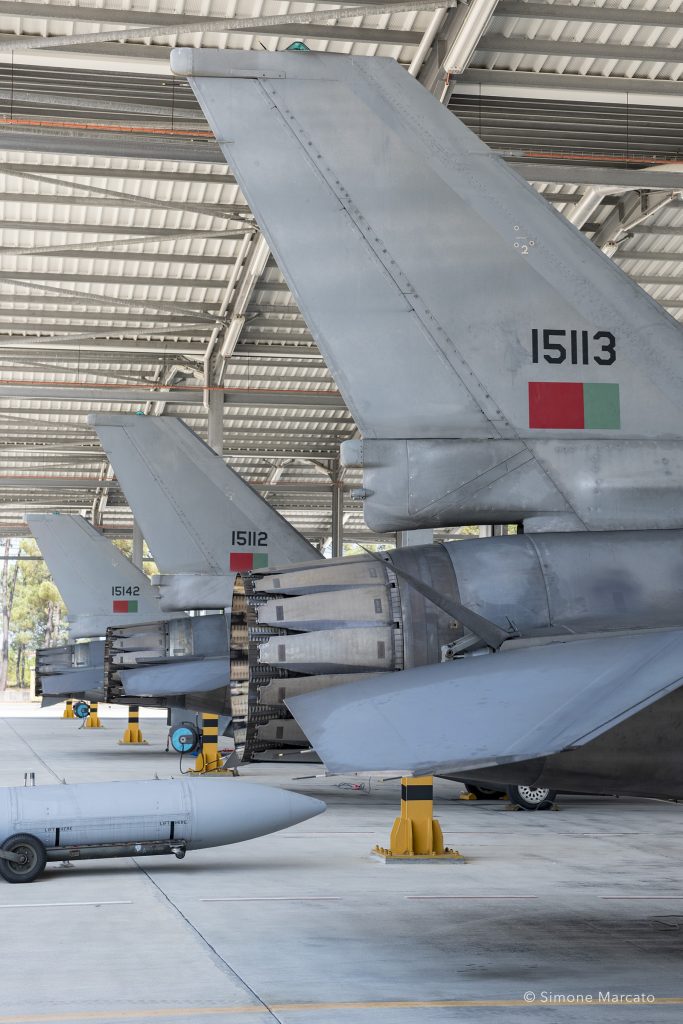
Deliveries to Forţele Aeriene Române (FAR – Romanian Air Force) began in 2017 and were completed in 2019. A new deal was signed between the two countries a few months later for the sale of a further 5 aircraft, all single-seaters, with the deliveries completed in 2021. These batches first originated from the Peace Atlantis II order.
After three decades in service, Portugal has not yet officially decided which will be the successor to its Fighting Falcons. Unlike all the other countries belonging the EPAF group, which have opted for the F-35 Lighting II as replacement for their F-16s, there are no short-term plans for the FAP as of today.
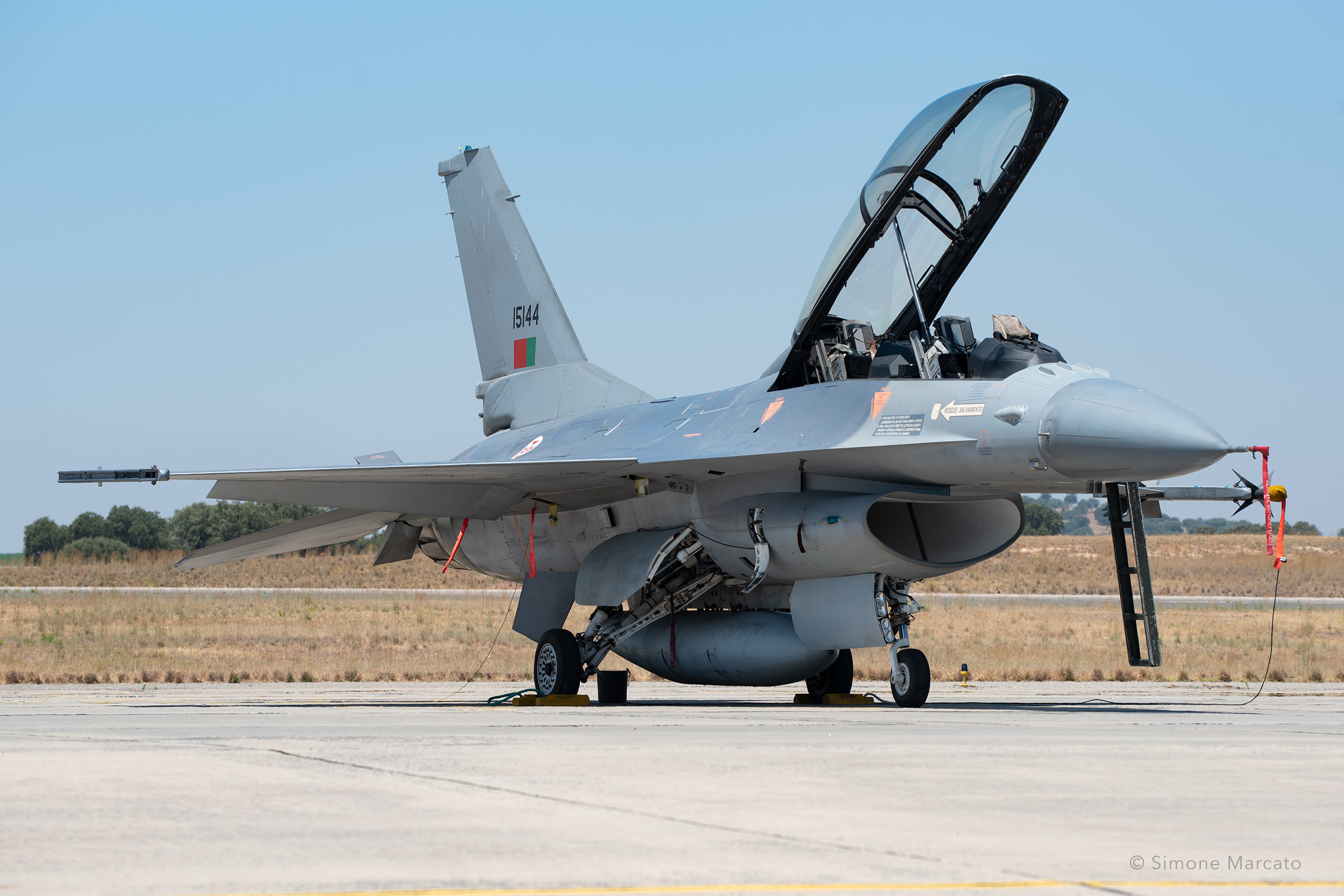
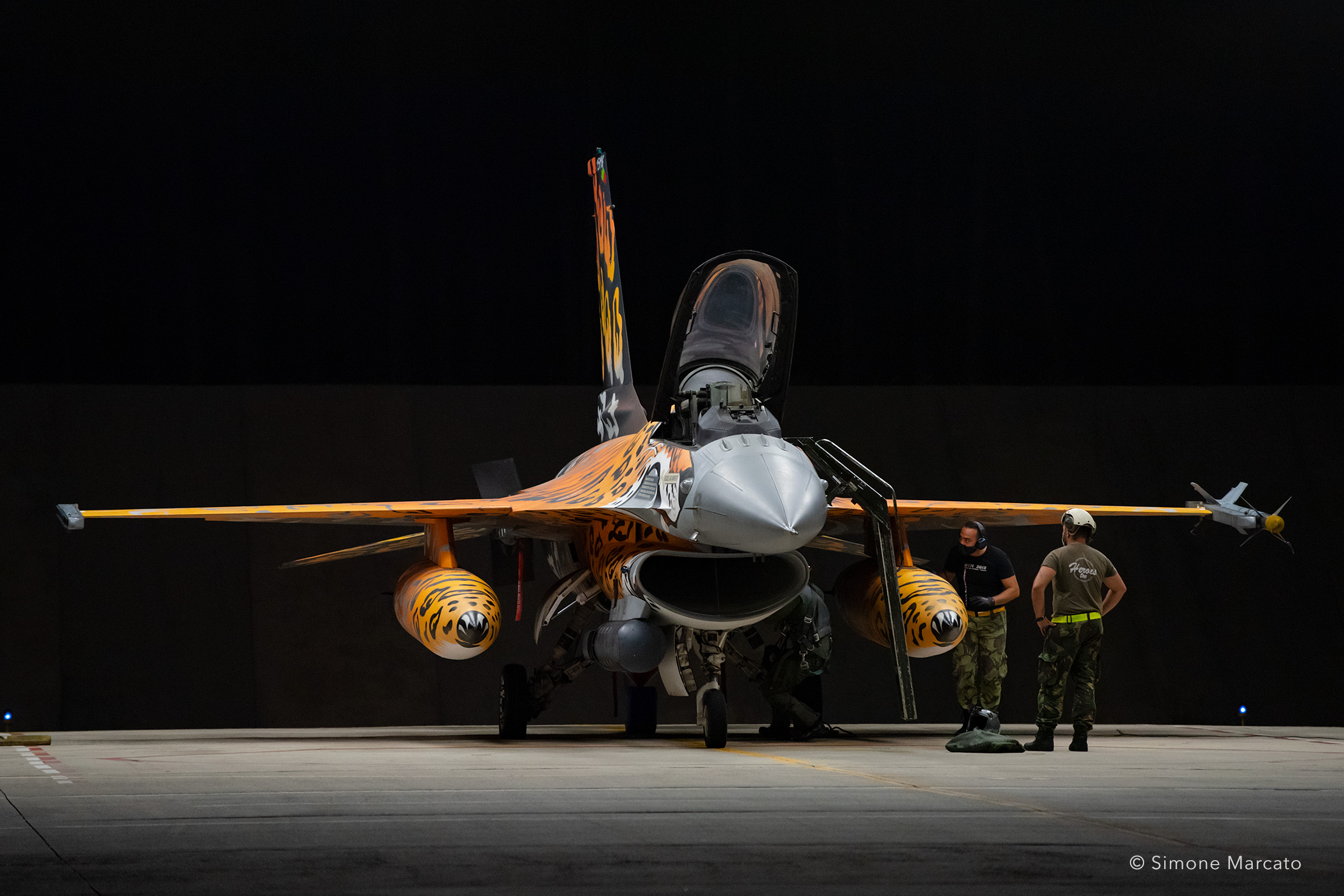
Considering the recent decisions by the Czech Republic, Germany, Greece and Finland to purchase the 5th generation fighter, a logical solution for the FAP could be to follow along, perhaps benefiting in the long-term, as they did with the F-16 – a common acquisition, and flexible maintenance and updating programmes.
